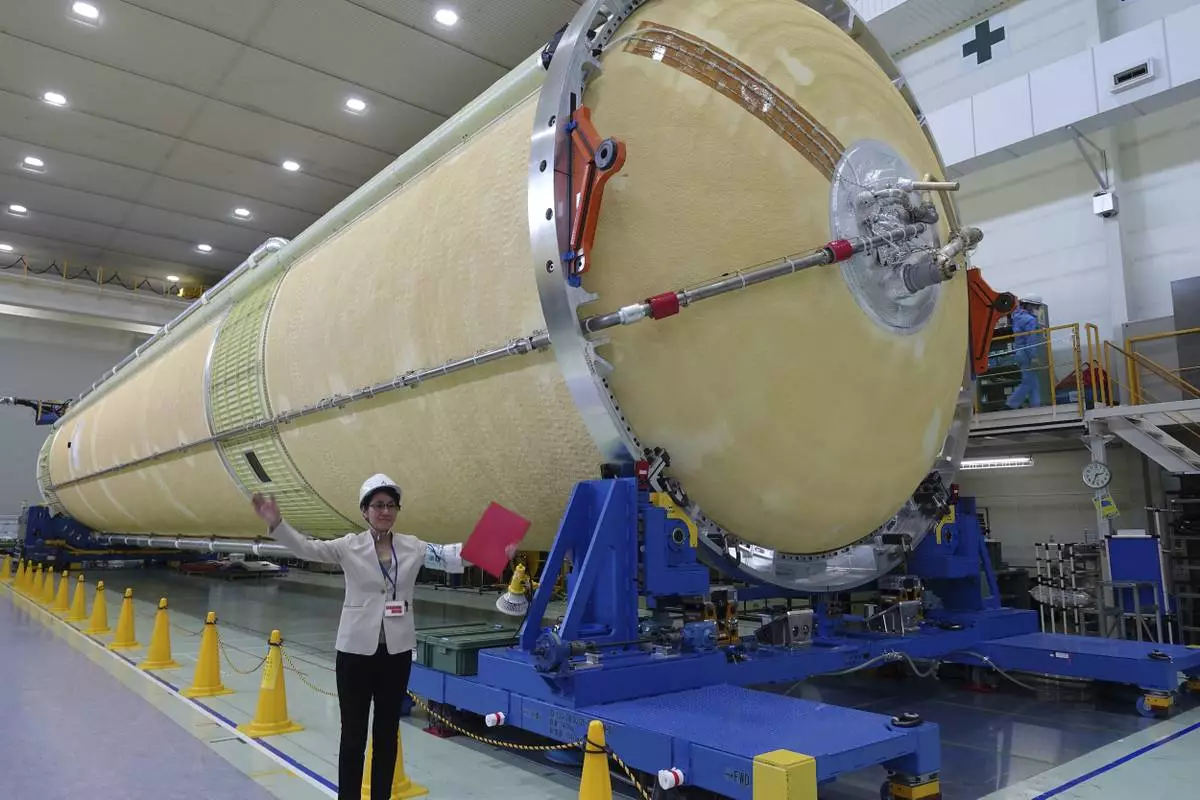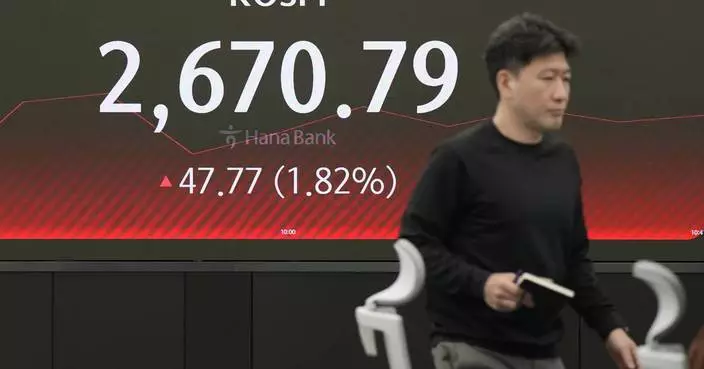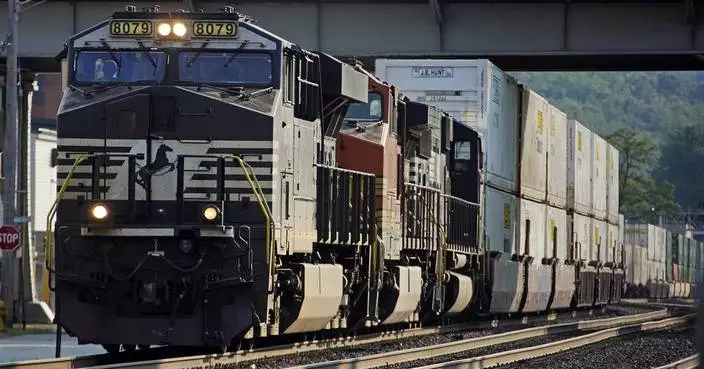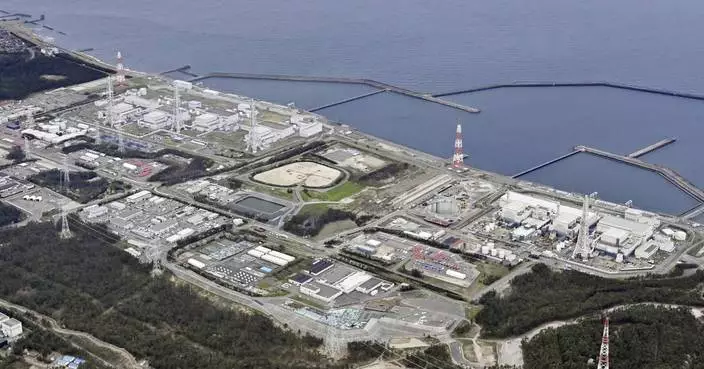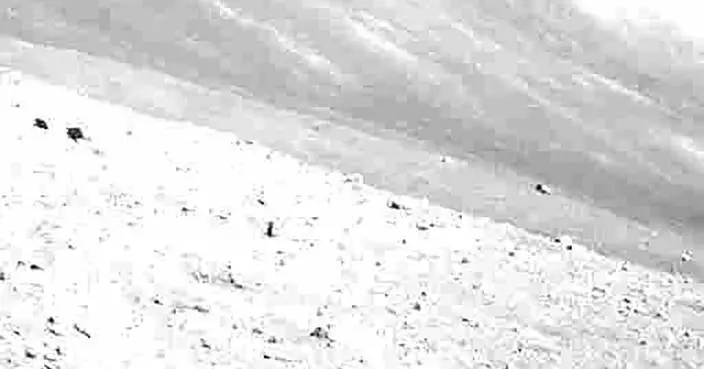Rescuers combed through mud-covered hillsides and near riverbanks Tuesday to look for dozens of people still missing after days of heavy rains caused flooding and mudslides in southwestern Japan, where the death toll has risen to 122.
Officials and reports say more than 80 people are still unaccounted for, many of them in the hardest-hit Hiroshima area. The Fire and Disaster Management Agency said 122 people have been confirmed dead as of early Tuesday.

Firefighters with rescue dogs search for missing people after heavy rain hit southwestern Japan, in Kumano town, Hiroshima prefecture, Monday, July 9, 2018. Rescuers in southwestern Japan dug up more bodies Monday as they searched for dozens still missing after heavy rains caused severe flooding and left residents to return to their homes unsure where to start the cleanup. (Kyodo News via AP)
Several days of heavy rainfall that weather officials have called historic set off flooding and landslides in widespread areas of western Japan, including Hiroshima, Okayama and Ehime prefectures. Many people started to return and check on their homes and begin cleanup after the rain stopped Monday.
The government has set up a taskforce to speed up deliveries of supplies and other support for evacuation centers and residents in the region, but disrupted roads and other ground transportation have delayed shipment, raising concerns of shortages.
Minoru Katayama, 86, rushed back to his home in Mabi city, in Okayama prefecture, on Monday, and found his 88-year-old wife, Chiyoko, dead on the first floor. Floodwaters rose so fast they caught the couple by surprise.
"My wife could not climb up the stairs, and nobody else was around to help us out," Katayama told national broadcaster NHK. His wife was among more than 20 people who were found dead in the city, where a river dike collapsed.
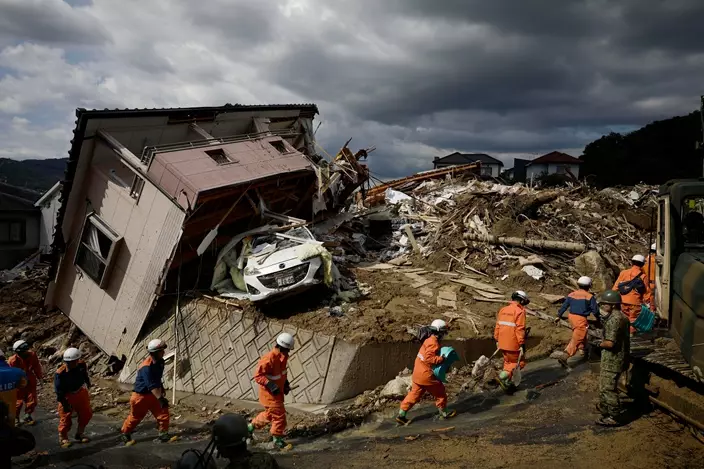
Rescuers conduct a search operation for missing persons in Kumano town, Hiroshima prefecture, western Japan Monday, July 9, 2018. People prepared for risky search and cleanup efforts in southwestern Japan on Monday, where several days of heavy rainfall had set off flooding and landslides in a widespread area. (Sadayuki Goto/Kyodo News via AP)
The assessment of casualties has been difficult because of the widespread area affected. Officials in Ehime prefecture asked the central government to review a weather warning system, noting that rain warnings were issued after damage and casualties were occurring. The Japan Meteorological Agency said as much as 10 centimeters (3 inches) of rain per hour fell on large parts of southwestern Japan.
Some homes were smashed, while others were tilting precariously. Rivers overflowed, turning towns into lakes and leaving dozens of people stranded on rooftops. Military paddle boats and helicopters brought people to the ground.
Thousands of homes were without clean water and electricity in Hiroshima and other hard-hit areas, where many people lined up for water tanks under the scorching sun, with temperature rising as high as 34 Celsius (93 Fahrenheit), which prompted concerns about people's health. Thousands have evacuated their homes.
At a local elementary school in Hiroshima's Yano district, dozens of residents took shelter and some shared their stories of narrow escape from the landslides and floods. Supplies such as water, blankets and cellphone chargers were provided.
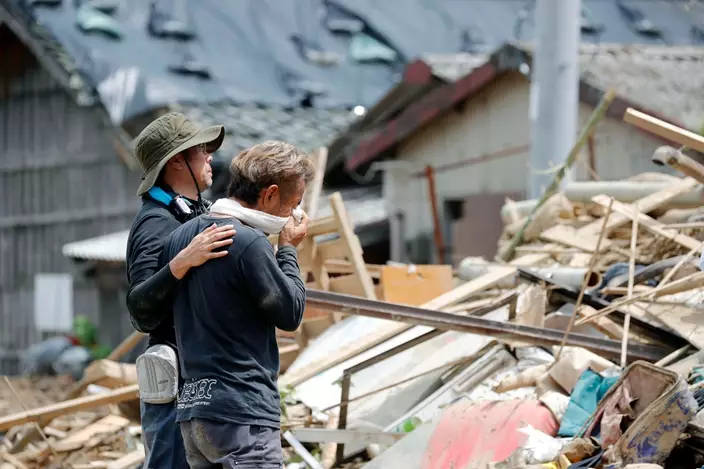
Relatives react to a landslide site where three people were killed, after heavy rain hit southwestern Japan, in Uwajima, Ehime prefecture, Monday, July 9, 2018. Rescuers in southwestern Japan dug up more bodies Monday as they searched for dozens still missing after heavy rains caused severe flooding and left residents to return to their homes unsure where to start the cleanup. (Takuto Kaneko/Kyodo News via AP)
Ryutaro Hirakawa, 18, said he fled his house after smelling a strange odor coming from the ground, a sign of a landslide. "The smell of soil and grass was so strong when I opened the window," he said. "There were landslides."
Another resident, 82-year-old Saburo Yokoyama, said he was horrified when he saw floodwater flowing just outside his house. "It was scary, just scary. In front of our house had become a river, and was making a huge noise," he said.
Prime Minister Shinzo Abe canceled his planned July 11-18 trip to Europe and the Middle East to oversee the emergency response. Abe said earlier Monday that the government had dispatched 73,000 troops and emergency workers for the search and rescue effort.

In this Monday, July 9, 2018, photo, a roof of a house is left in the middle of a road in Kurashiki, Okayama prefecture, western Japan. Rescuers in southwestern Japan dug up more bodies Monday as they searched for dozens still missing after heavy rains caused severe flooding and left residents to return to their homes unsure where to start the cleanup. More than 100 people were confirmed dead in the disaster. (Yohei Nishimura/Kyodo News via AP)
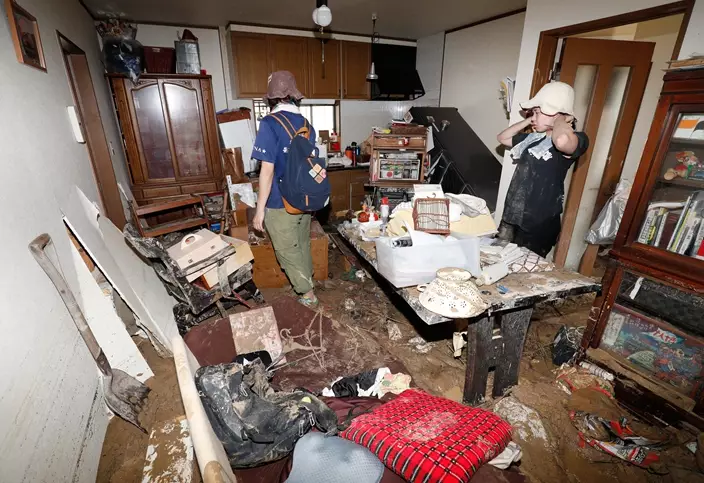
Residents return to their house and look at the damage after heavy rain hit southwestern Japan, in Kure, Hiroshima prefecture, Monday, July 9, 2018. Rescuers in southwestern Japan dug up more bodies Monday as they searched for dozens still missing after heavy rains caused severe flooding and left residents to return to their homes unsure where to start the cleanup. (Kyodo News via AP)




